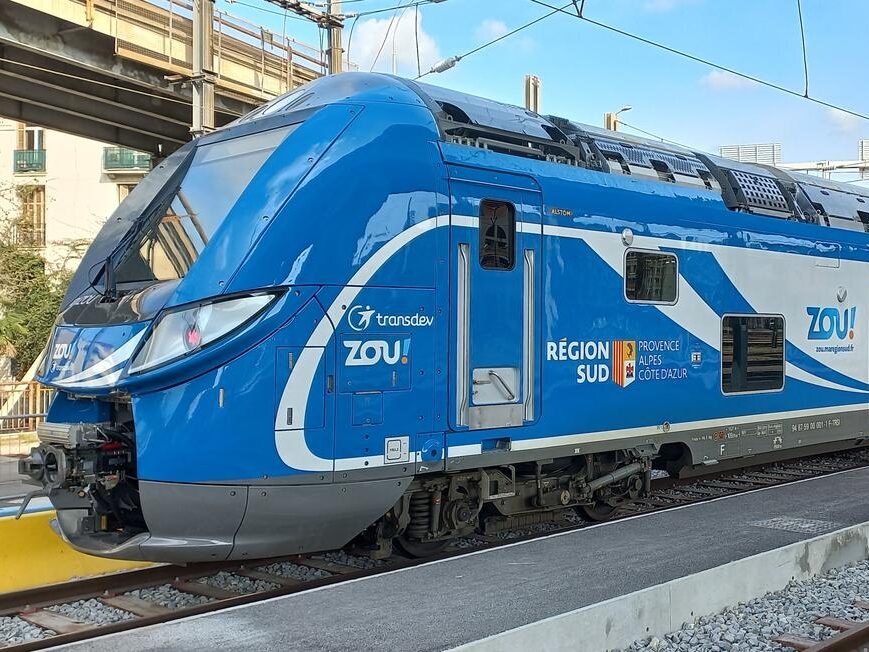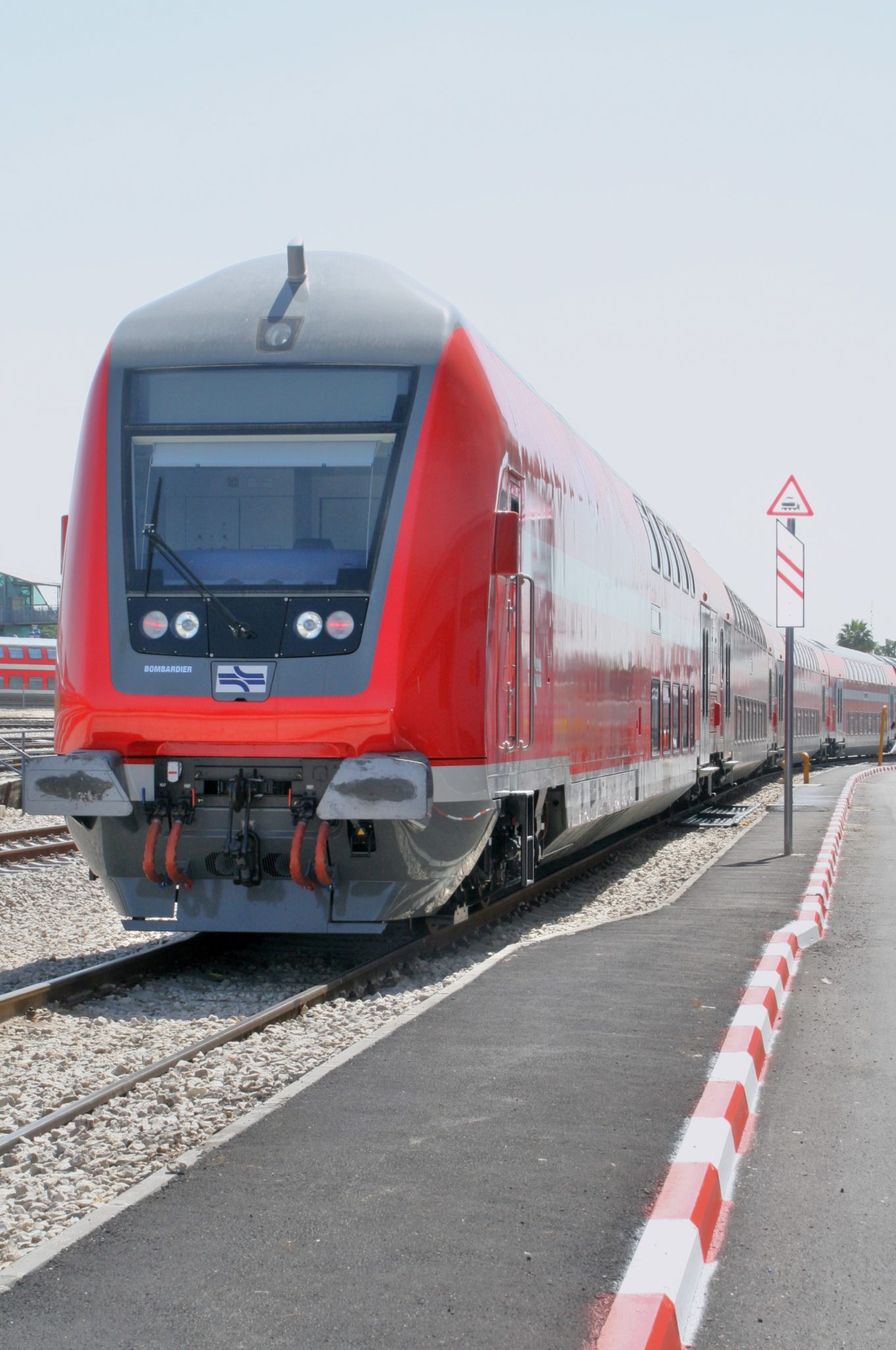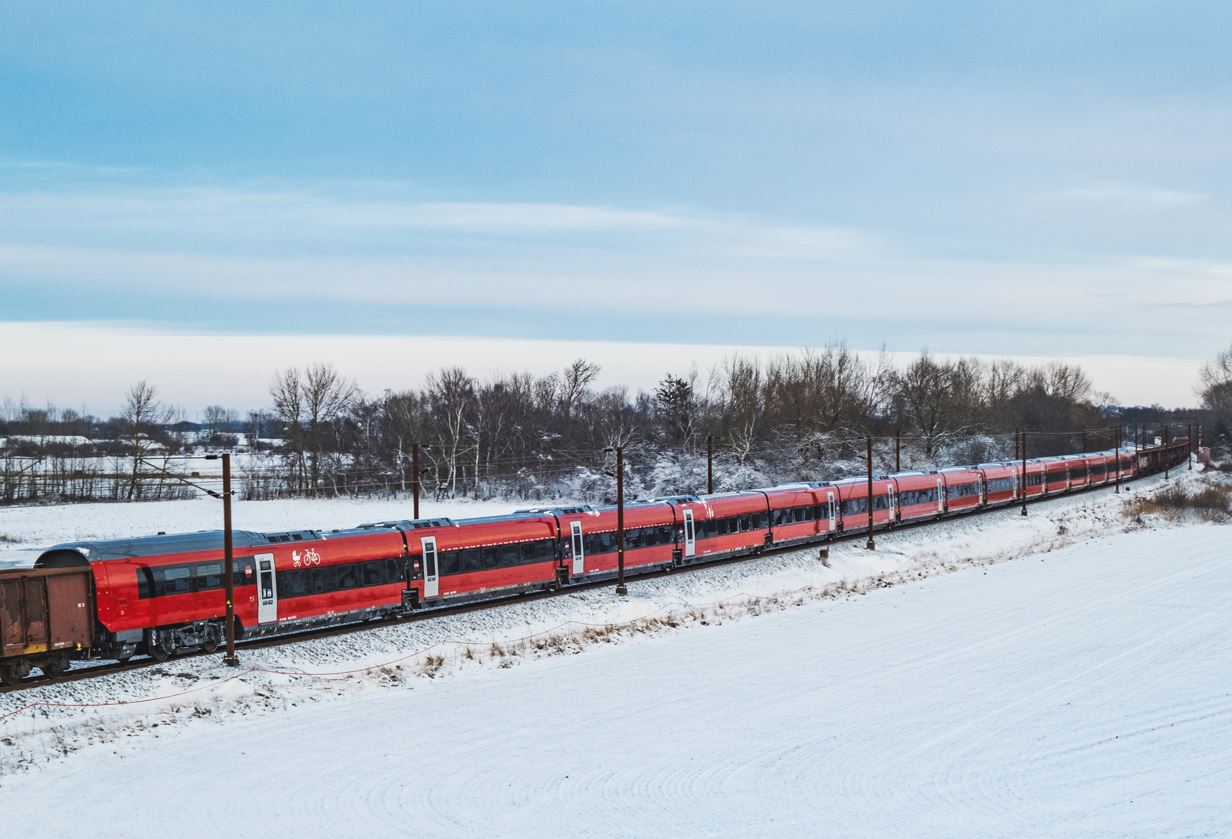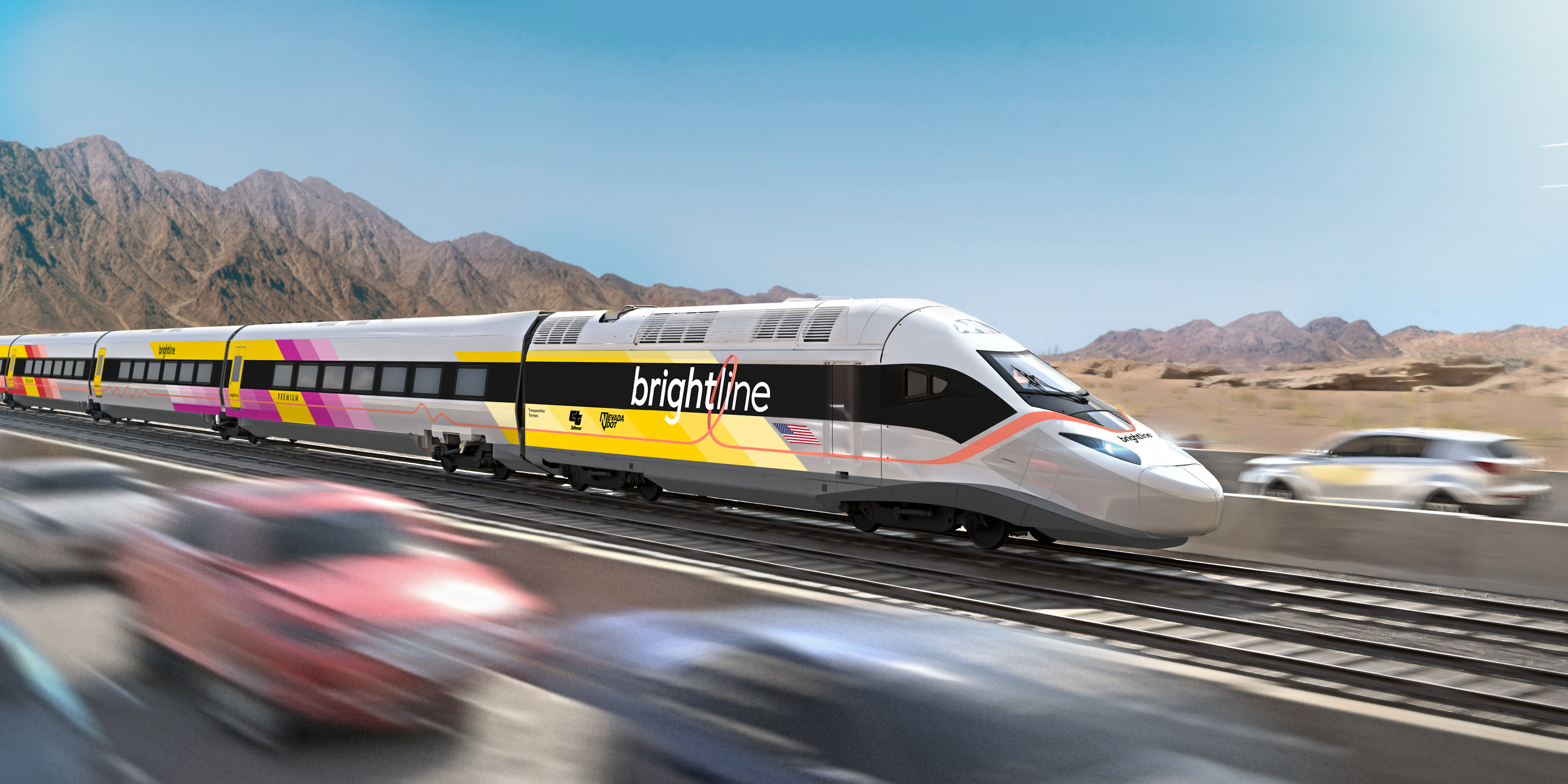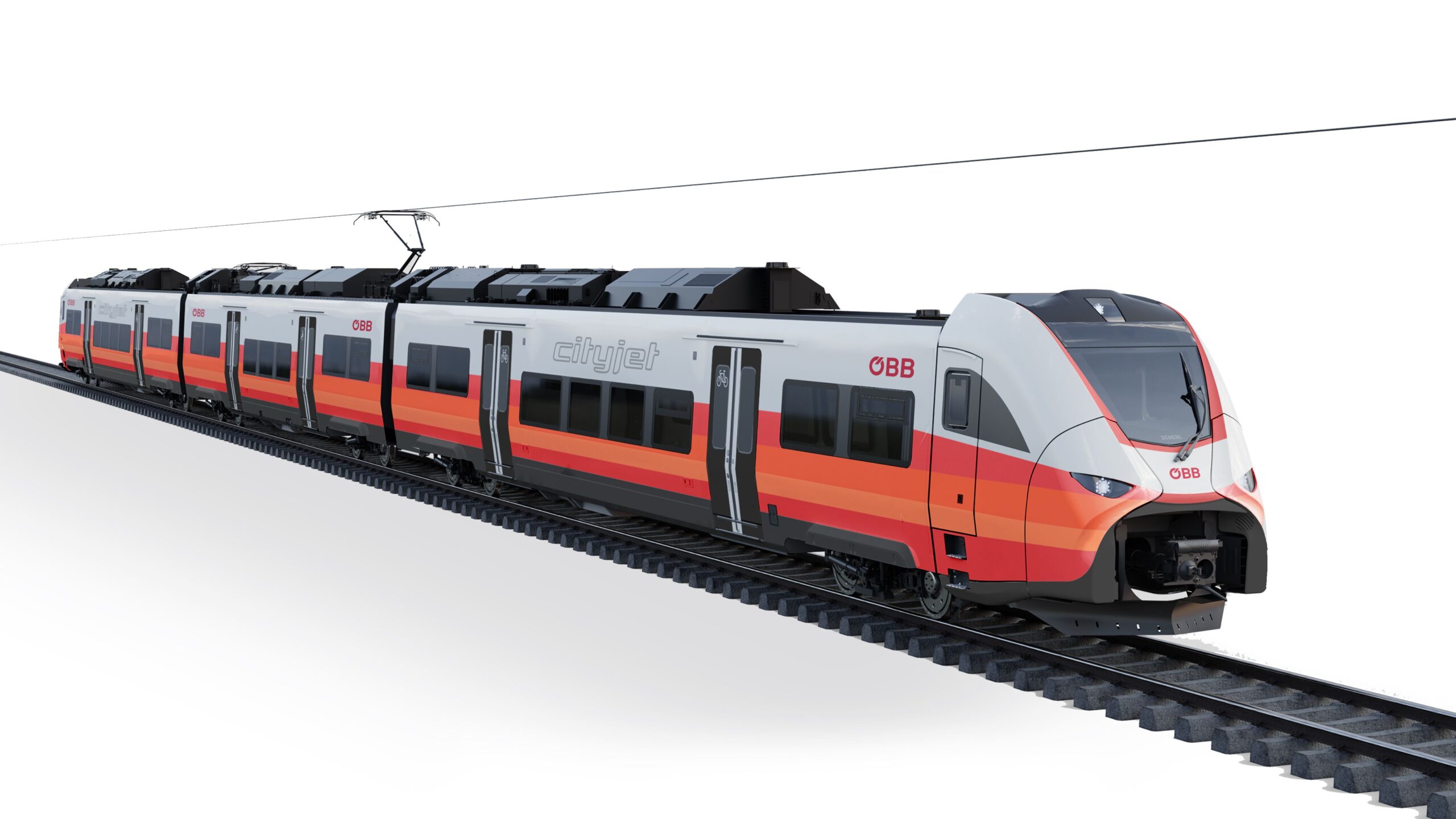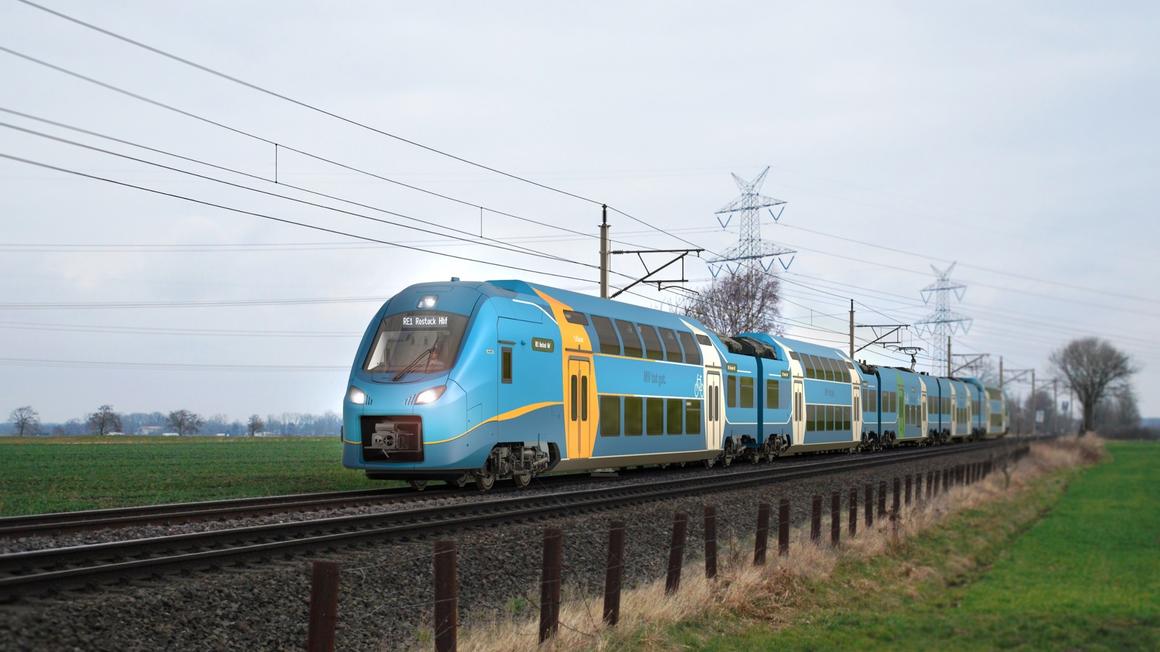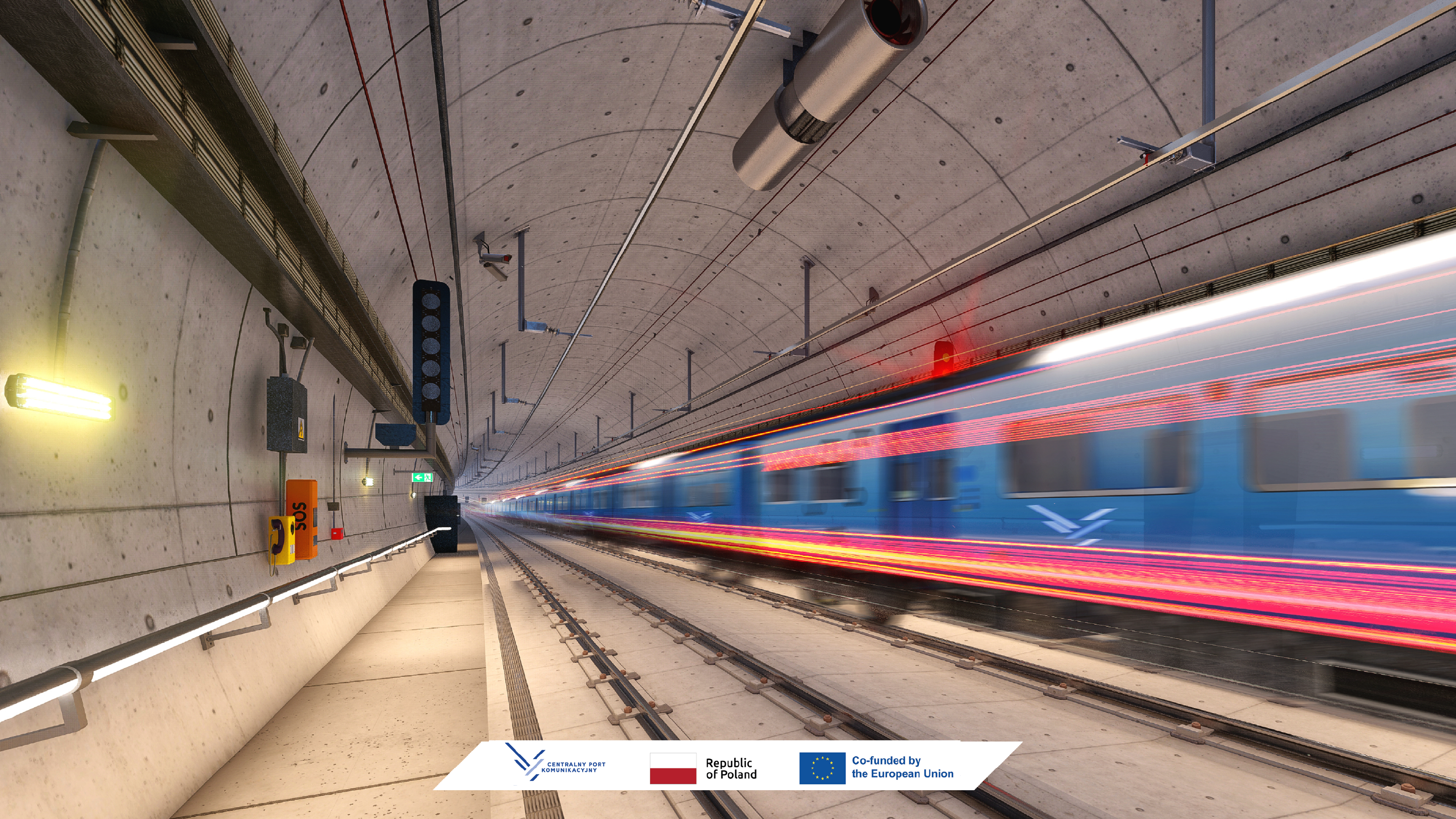Ten Spanish companies, including Talgo, Golendus, Ingeteam, Repsol, Sener and Optimus3D, are collaborating to design, build and install a hydrogen propulsion system for high-speed trains.
The Hympulso project aims to achieve a world-first by developing technologies based on renewable hydrogen fuel cells for a high-speed train.
This system will be applied to the Talgo 250 ‘all-terrain’ train to help decarbonise the railway across non-electrified sections.
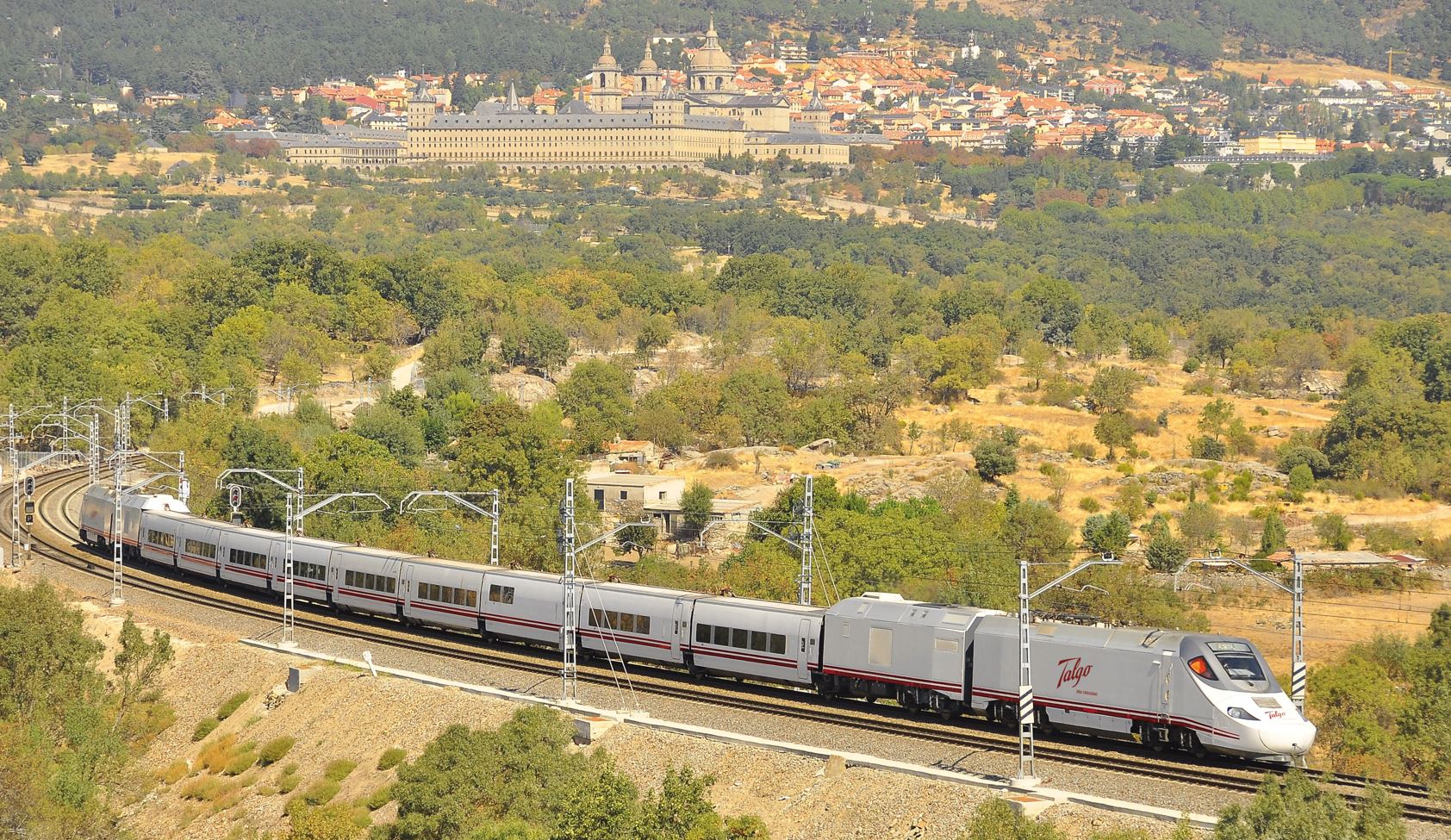
The project will produce a prototype of a hybrid bimodal passenger train with automatic track-gauge change. The vehicle will be able to run on conventional and high-speed networks, using catenary supply when available, or hydrogen and batteries on corridors that are not electrified.
Hympulso aims to activate the entire renewable hydrogen value chain for the railway industry. It will also include both mobile and static hydrogen supply installations adapted to railways.
In addition, the project will analyse the impact of the future transition on Adif’srailway infrastructure, such as maintenance facilities and track.
This holistic perspective will thus tackle several major technological challenges associated with the adoption of renewable hydrogen in rail transport.
The project is led by Talgo and includes Golendus, Ingeteam, Optimus3D, Repsol and Sener as partners while Universidad Pontificia Comillas and Tecnalia are collaborators and Adif is an observer.
The initiative, which is part of the Strategic Projects for Economic Recovery and Transformation (PERTES), has been awarded 6.5 million EUR grant.


















